On board Mars Express, in orbit around the Red Planet (w/video)
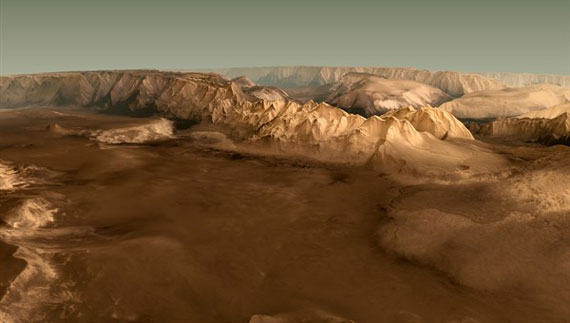 The mission that has enabled German Aerospace Center scientists to study Mars was launched 10 years ago.
The mission that has enabled German Aerospace Center scientists to study Mars was launched 10 years ago.
Jun 3rd, 2013
Read more
 Subscribe to our Space Exploration News feed
Subscribe to our Space Exploration News feed
 The mission that has enabled German Aerospace Center scientists to study Mars was launched 10 years ago.
The mission that has enabled German Aerospace Center scientists to study Mars was launched 10 years ago.
Jun 3rd, 2013
Read moreIn preparation for a future where parts and tools can be printed on demand in space, NASA and Made in Space Inc. have joined to launch equipment for the first 3-D microgravity printing experiment to the International Space Station.
May 31st, 2013
Read moreWith data from NASA's twin spacecraft, STEREO, researchers developed a novel technique, called geometric triangulation, which can determine the trajectory and velocity of coronal mass ejections continuously when they travel in interplanetary space.
May 31st, 2013
Read more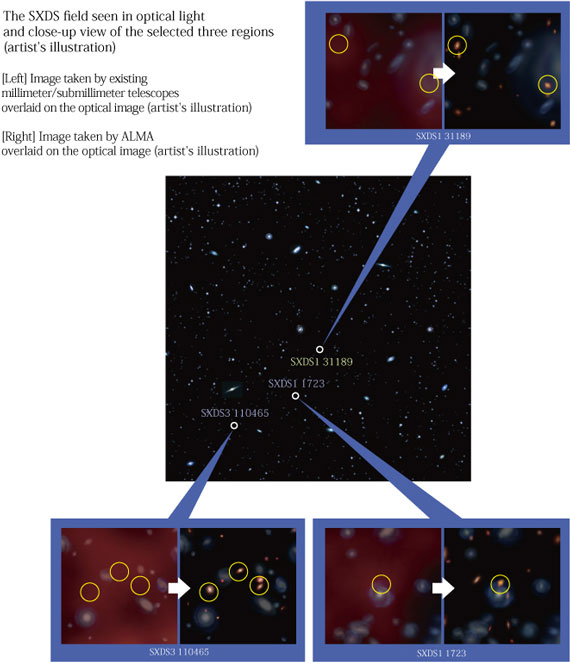 Conventional research on distant galaxies have been carried out mainly with visible light and near infrared light. However, it is possible that many galaxies in the universe have been overlooked as much of that radiation is largely absorbed by cosmic dust.
Conventional research on distant galaxies have been carried out mainly with visible light and near infrared light. However, it is possible that many galaxies in the universe have been overlooked as much of that radiation is largely absorbed by cosmic dust.
May 31st, 2013
Read more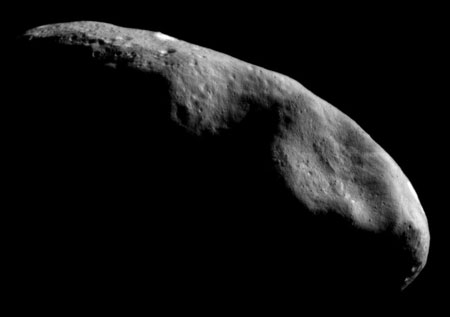 The prospects of a robotic manufacturing base operating off Earth is not as far-fetched as it used to be according to a study published by a team of NASA researchers led by a Kennedy Space Center physicist.
The prospects of a robotic manufacturing base operating off Earth is not as far-fetched as it used to be according to a study published by a team of NASA researchers led by a Kennedy Space Center physicist.
May 30th, 2013
Read more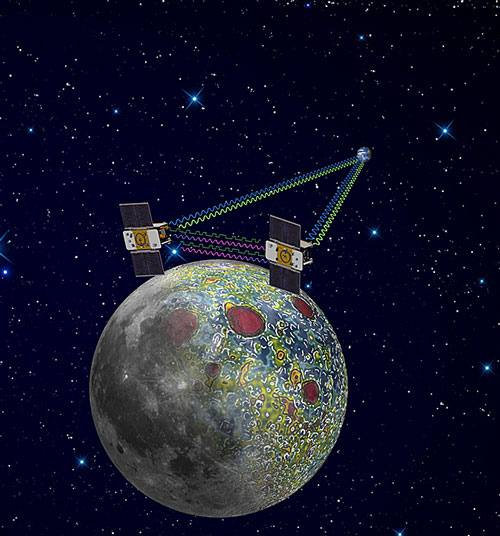 Simulations based on GRAIL data show how gravitational anomalies developed early in lunar history.
Simulations based on GRAIL data show how gravitational anomalies developed early in lunar history.
May 30th, 2013
Read moreMeasurements taken by NASA's Mars Science Laboratory (MSL) mission as it delivered the Curiosity rover to Mars in 2012 are providing NASA the information it needs to design systems to protect human explorers from radiation exposure on deep-space expeditions in the future.
May 30th, 2013
Read more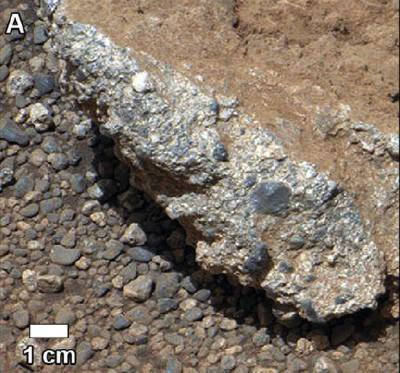 Rocks analyzed by NASA's Mars Curiosity Rover team provide solid evidence that Mars had rivers or streams.
Rocks analyzed by NASA's Mars Curiosity Rover team provide solid evidence that Mars had rivers or streams.
May 30th, 2013
Read more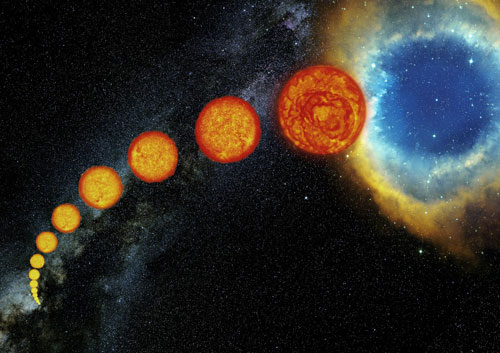 It was written in the stars all along, but we've just found out: a whopping 70% of stars in a widely-studied cluster die before reaching old age which, for stars, is the most productive stage of their lives.
It was written in the stars all along, but we've just found out: a whopping 70% of stars in a widely-studied cluster die before reaching old age which, for stars, is the most productive stage of their lives.
May 30th, 2013
Read moreResearchers from Northeastern University are among the many scientists helping NASA use the weightlessness of space to design stronger materials here on Earth.
May 29th, 2013
Read more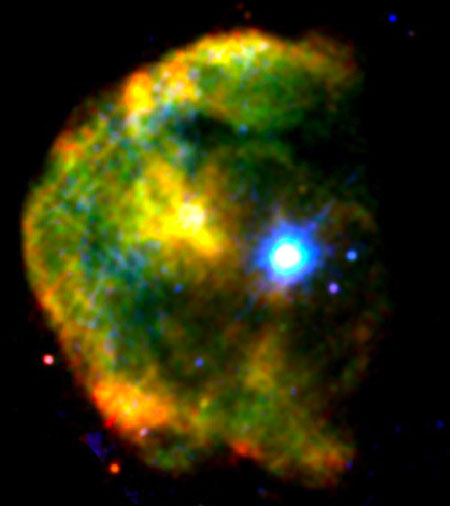 The physics behind some of the most extraordinary stellar objects in the Universe just became even more puzzling. A group of astronomers using NASA's Swift satellite have discovered a new kind of glitch in the cosmos, specifically in the rotation of a neutron star.
The physics behind some of the most extraordinary stellar objects in the Universe just became even more puzzling. A group of astronomers using NASA's Swift satellite have discovered a new kind of glitch in the cosmos, specifically in the rotation of a neutron star.
May 29th, 2013
Read more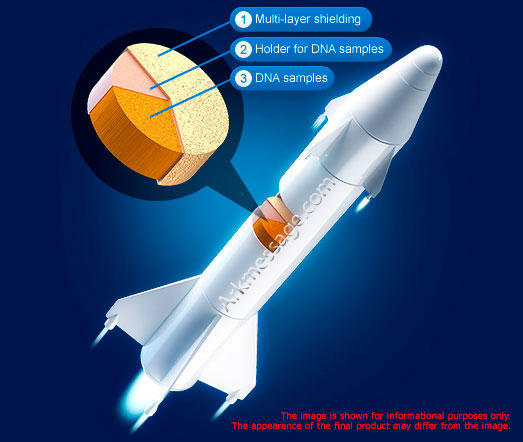 The DNA Ark Project is organised to preserve the human heritage even in case of a universal catastrophe. The DNA Ark is a holder containing DNA samples, as well as graphic and written messages to extraterrestrial civilizations on the hull.
The DNA Ark Project is organised to preserve the human heritage even in case of a universal catastrophe. The DNA Ark is a holder containing DNA samples, as well as graphic and written messages to extraterrestrial civilizations on the hull.
May 29th, 2013
Read more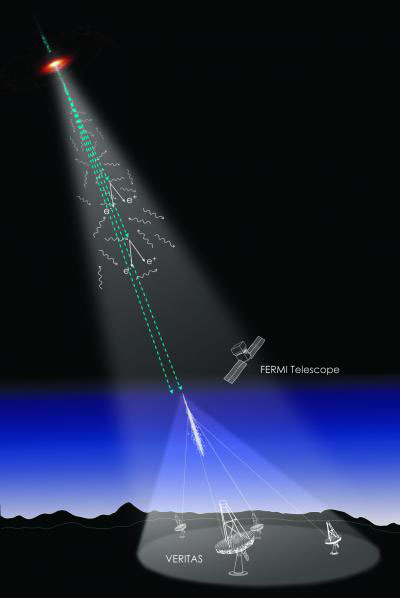 How much light has been emitted by all galaxies since the cosmos began? After all, almost every photon from ultraviolet to far infrared wavelengths ever radiated by all galaxies that ever existed throughout cosmic history is still speeding through the Universe today. If we could carefully measure the number and energy (wavelength) of all those photons we might learn important secrets about the nature and evolution of the Universe.
How much light has been emitted by all galaxies since the cosmos began? After all, almost every photon from ultraviolet to far infrared wavelengths ever radiated by all galaxies that ever existed throughout cosmic history is still speeding through the Universe today. If we could carefully measure the number and energy (wavelength) of all those photons we might learn important secrets about the nature and evolution of the Universe.
May 24th, 2013
Read more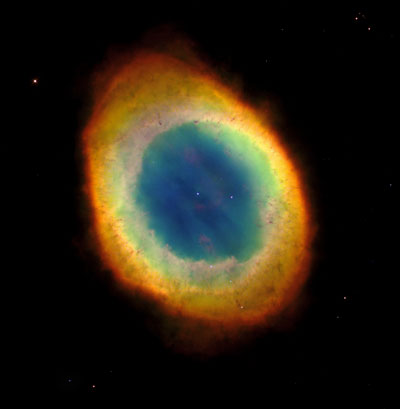 The Ring Nebula's distinctive shape makes it a popular illustration for astronomy books. But new observations by NASA's Hubble Space Telescope of the glowing gas shroud around an old, dying, sun-like star reveal a new twist.
The Ring Nebula's distinctive shape makes it a popular illustration for astronomy books. But new observations by NASA's Hubble Space Telescope of the glowing gas shroud around an old, dying, sun-like star reveal a new twist.
May 23rd, 2013
Read more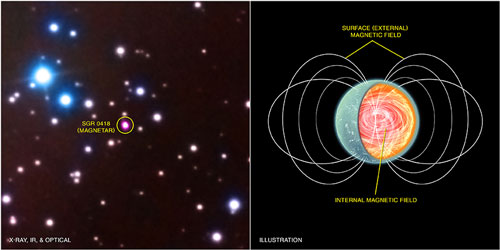 Magnetars - the dense remains of dead stars that erupt sporadically with bursts of high-energy radiation - are some of the most extreme objects known in the Universe. A major campaign using NASA's Chandra X-ray Observatory and several other satellites shows magnetars may be more diverse and common - than previously thought.
Magnetars - the dense remains of dead stars that erupt sporadically with bursts of high-energy radiation - are some of the most extreme objects known in the Universe. A major campaign using NASA's Chandra X-ray Observatory and several other satellites shows magnetars may be more diverse and common - than previously thought.
May 23rd, 2013
Read more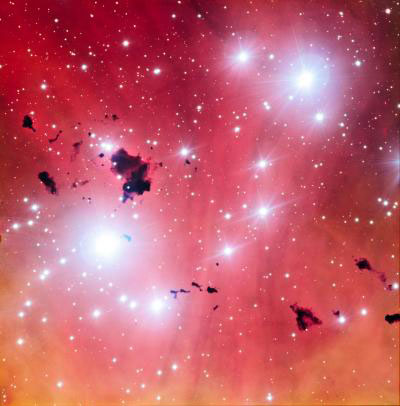 With this new view of a spectacular stellar nursery ESO is celebrating 15 years of the Very Large Telescope - the world's most advanced optical instrument.
With this new view of a spectacular stellar nursery ESO is celebrating 15 years of the Very Large Telescope - the world's most advanced optical instrument.
May 23rd, 2013
Read more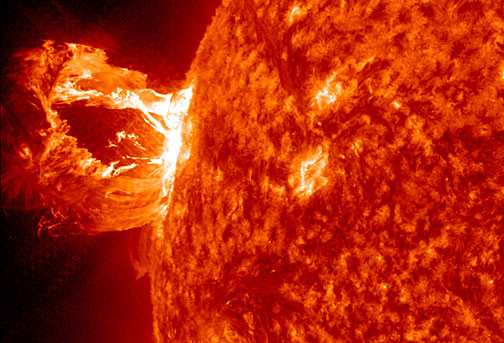 When a solar flare erupts from the sun, its magnetic fields sometime break a widely accepted rule of physics. Why? Now we know.
When a solar flare erupts from the sun, its magnetic fields sometime break a widely accepted rule of physics. Why? Now we know.
May 22nd, 2013
Read more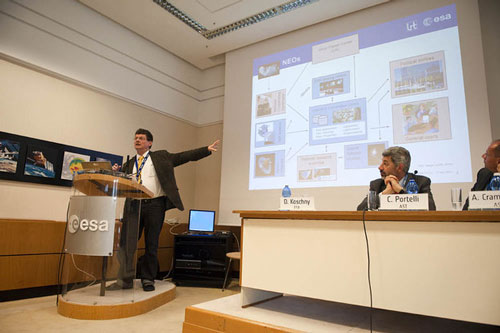 ESA today inaugurated a new hub that will strengthen Europe's contribution to the global hunt for asteroids and other hazardous natural objects that may strike Earth.
ESA today inaugurated a new hub that will strengthen Europe's contribution to the global hunt for asteroids and other hazardous natural objects that may strike Earth.
May 22nd, 2013
Read more